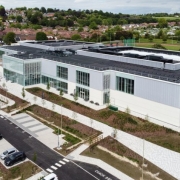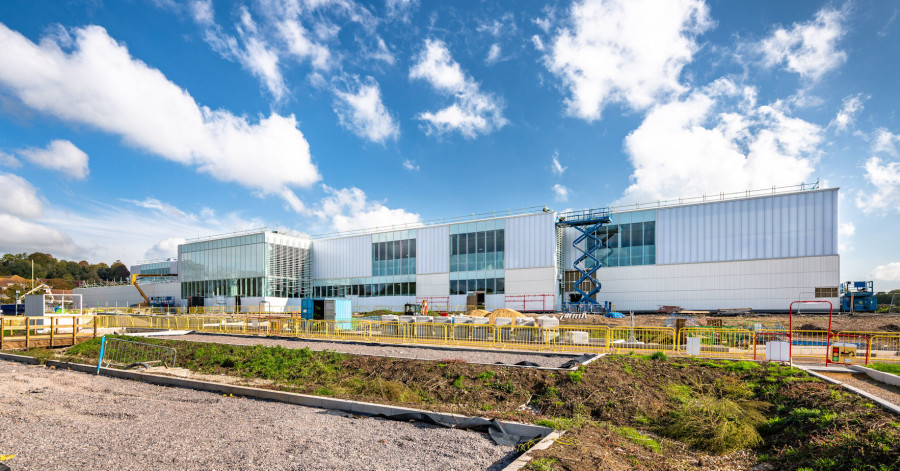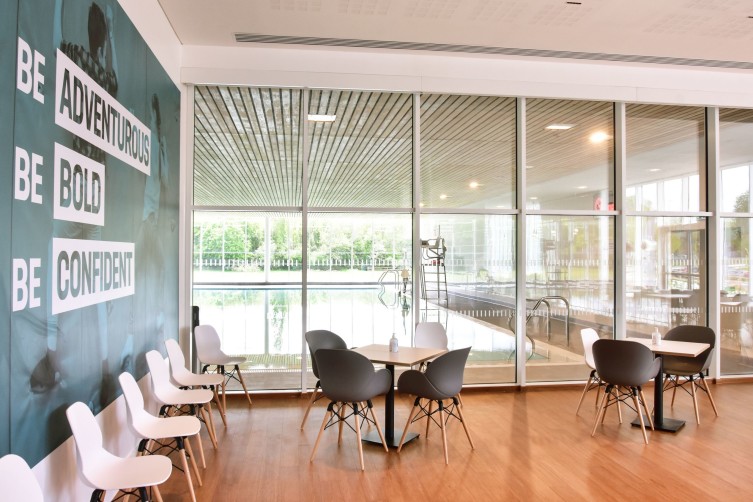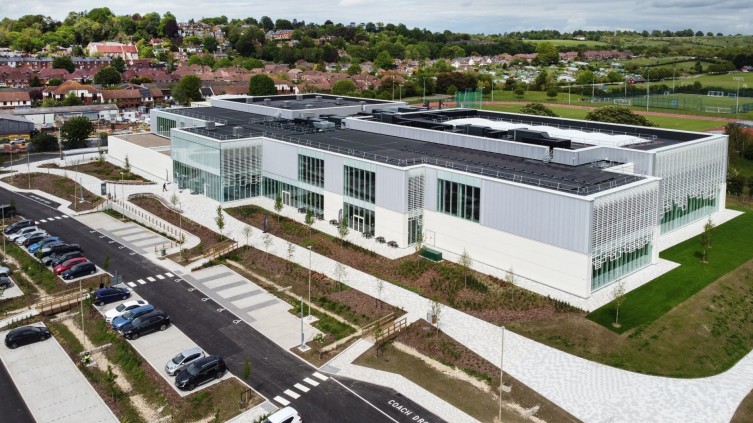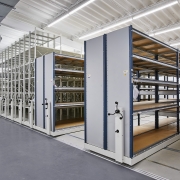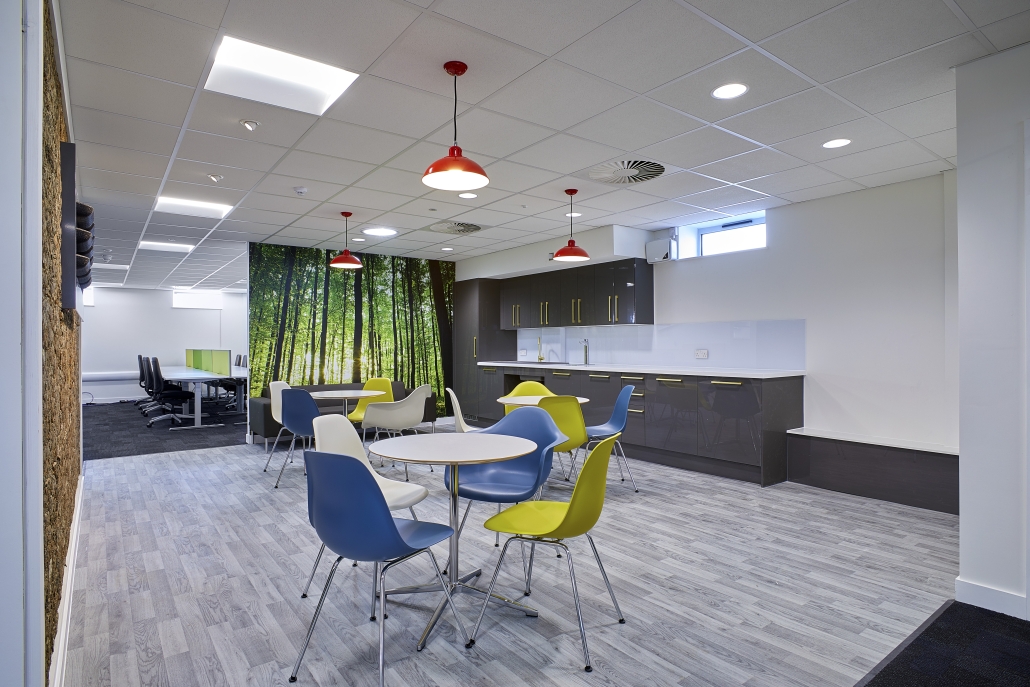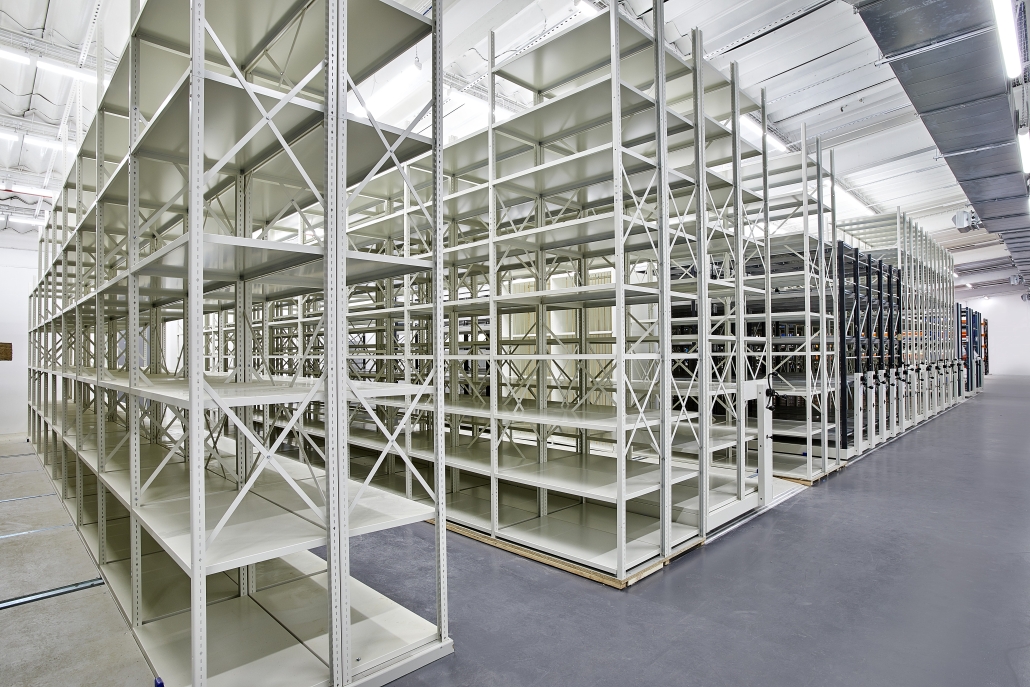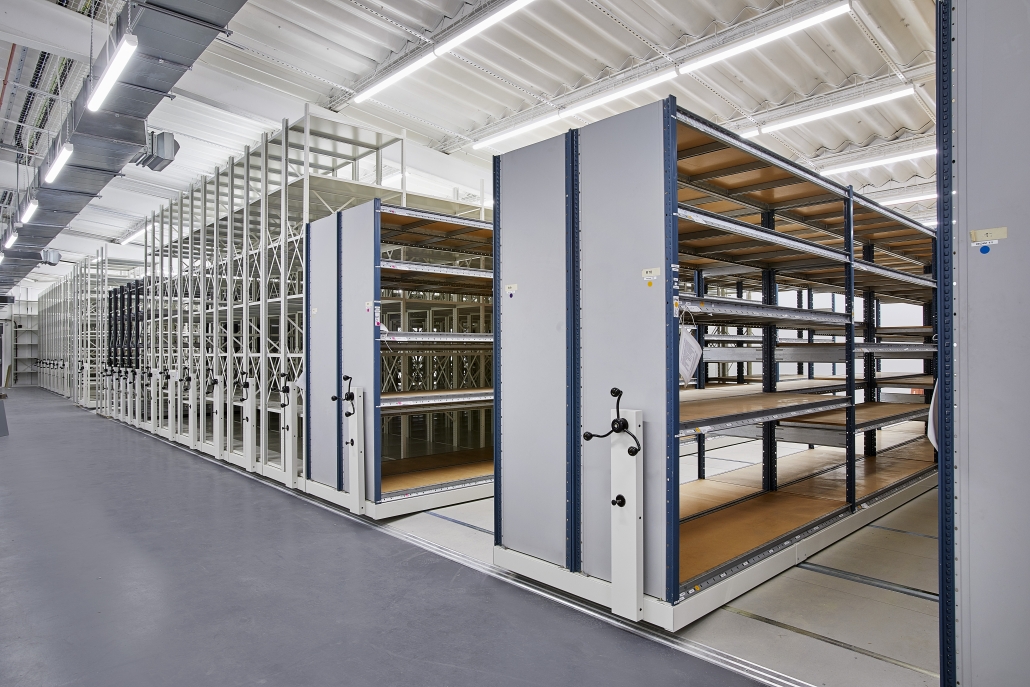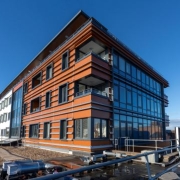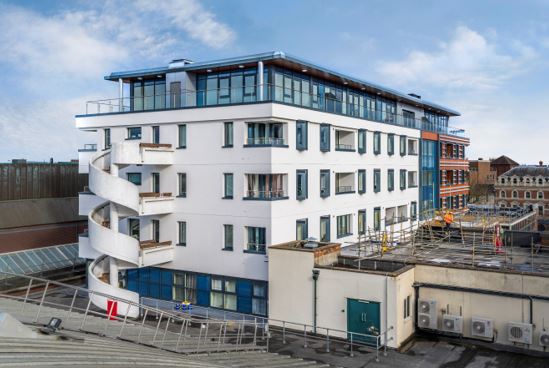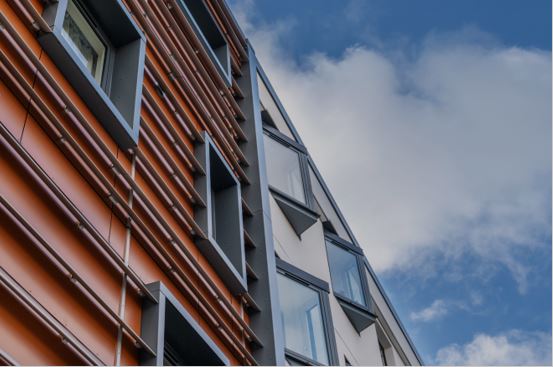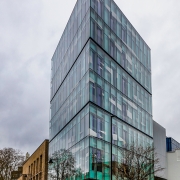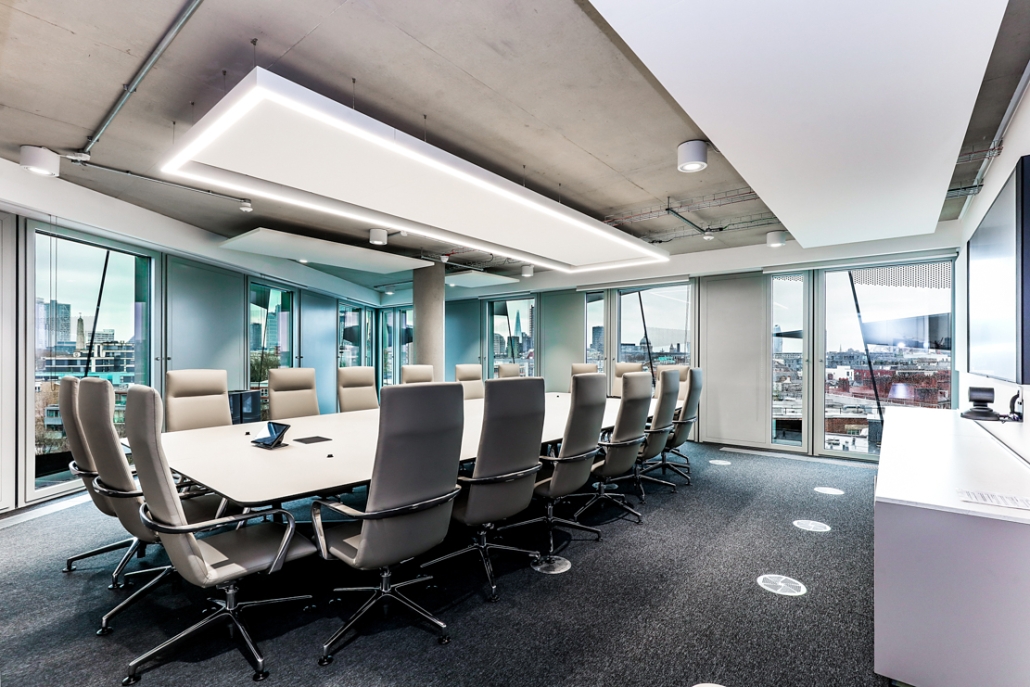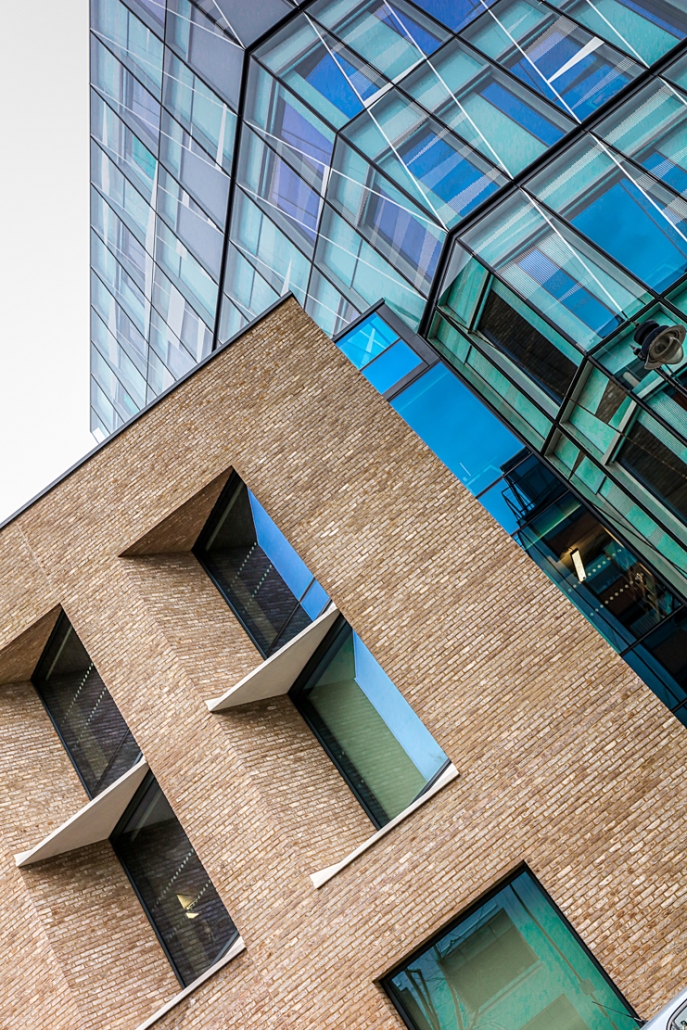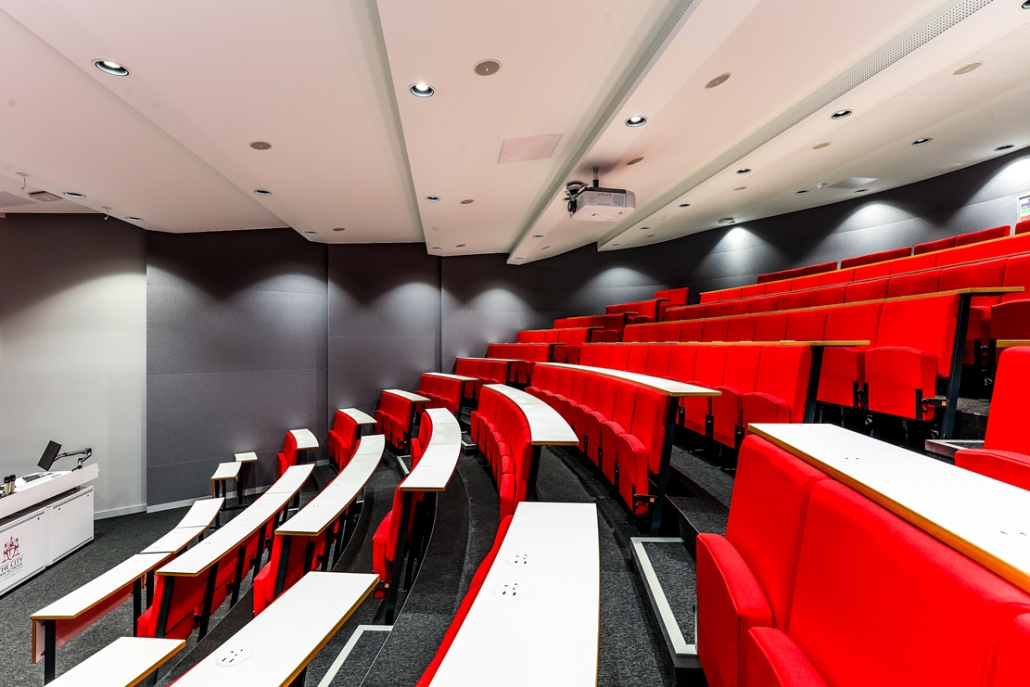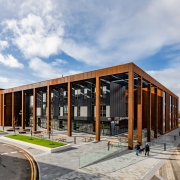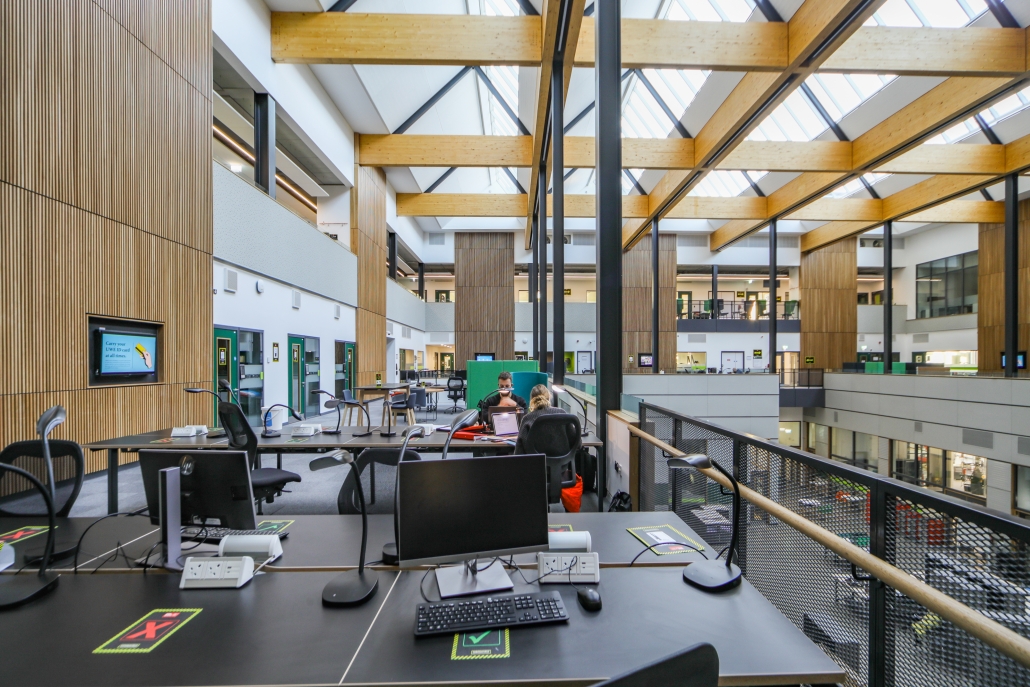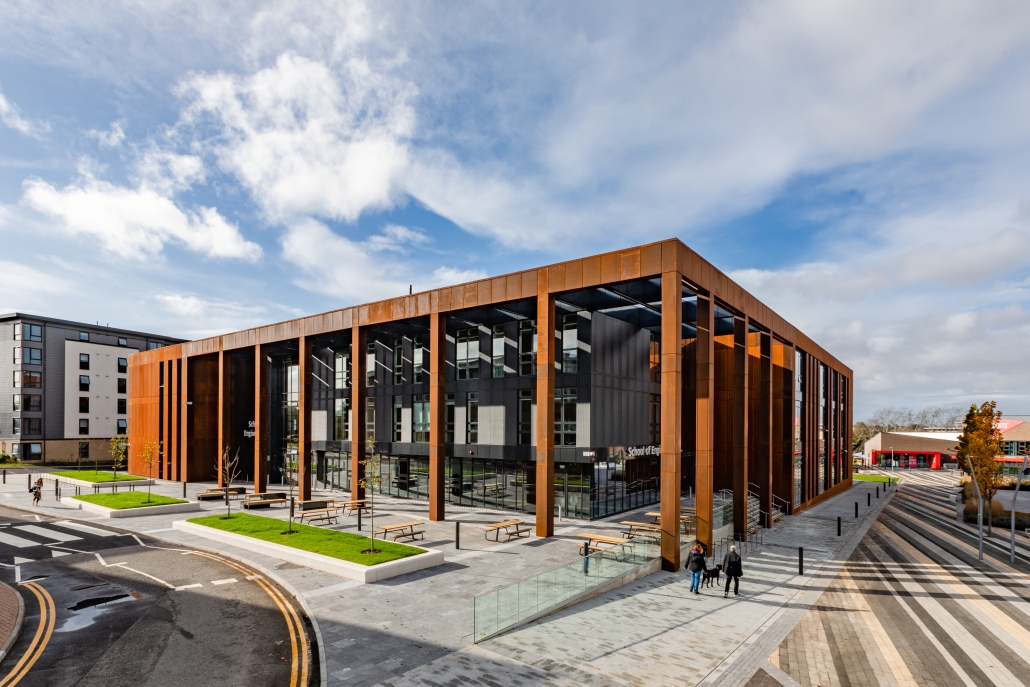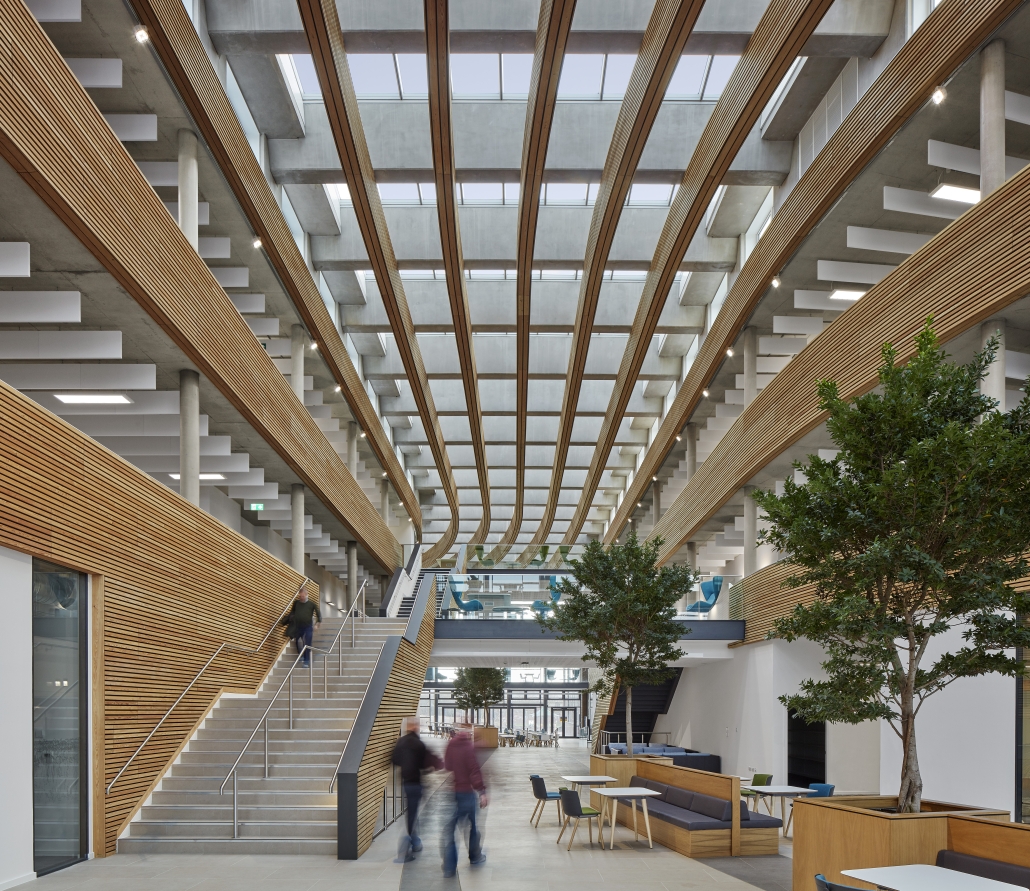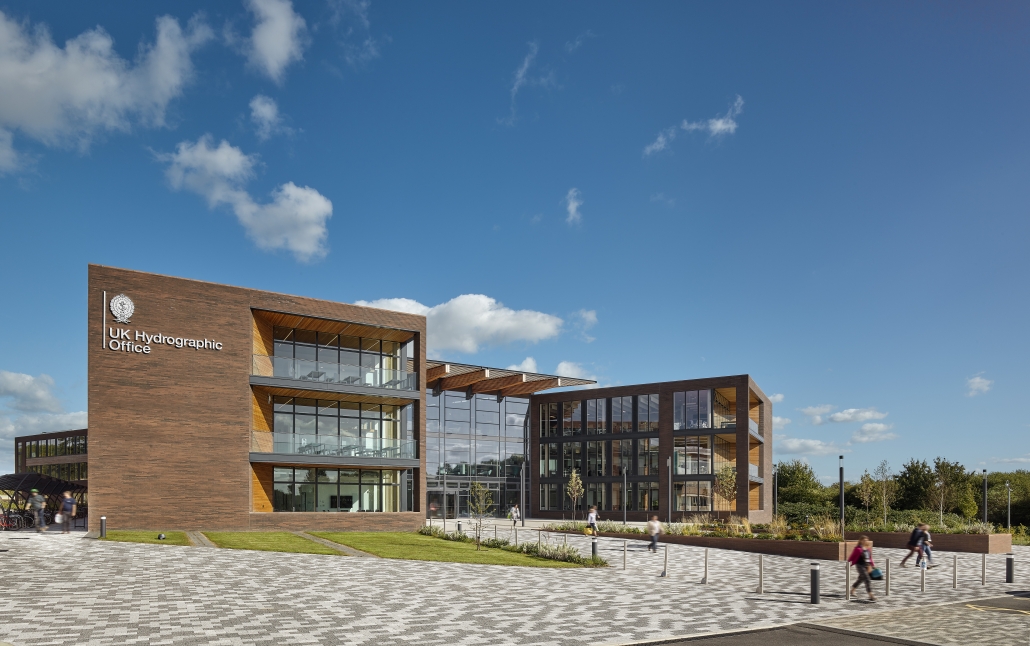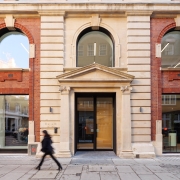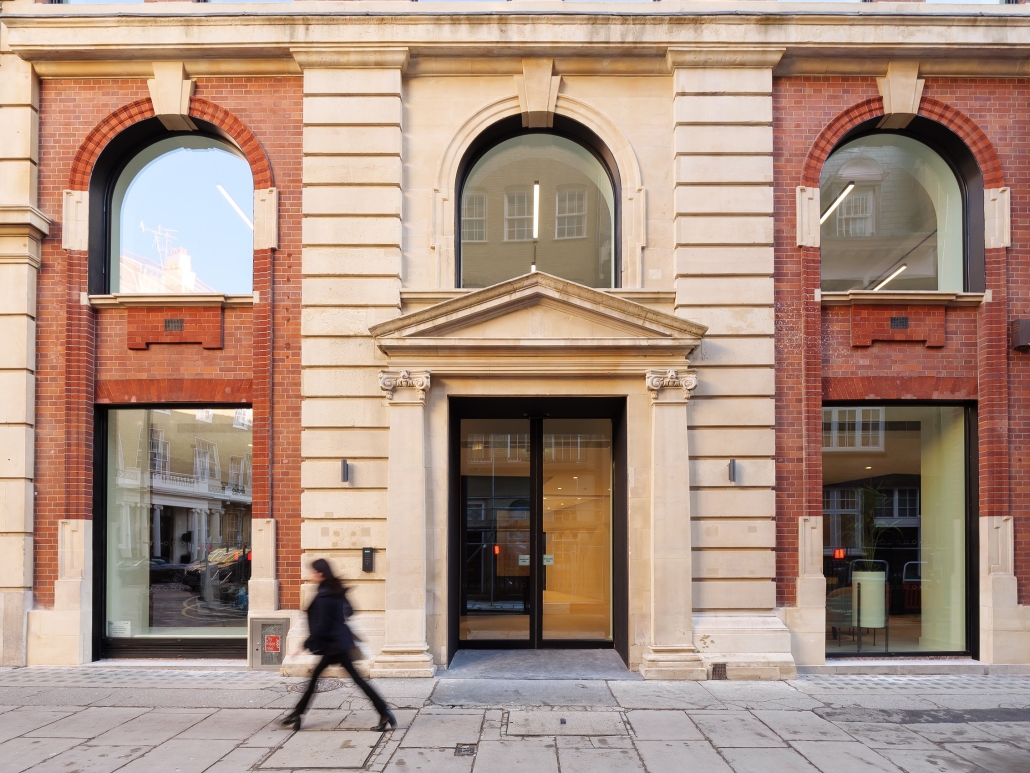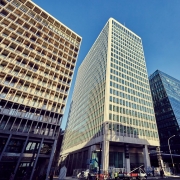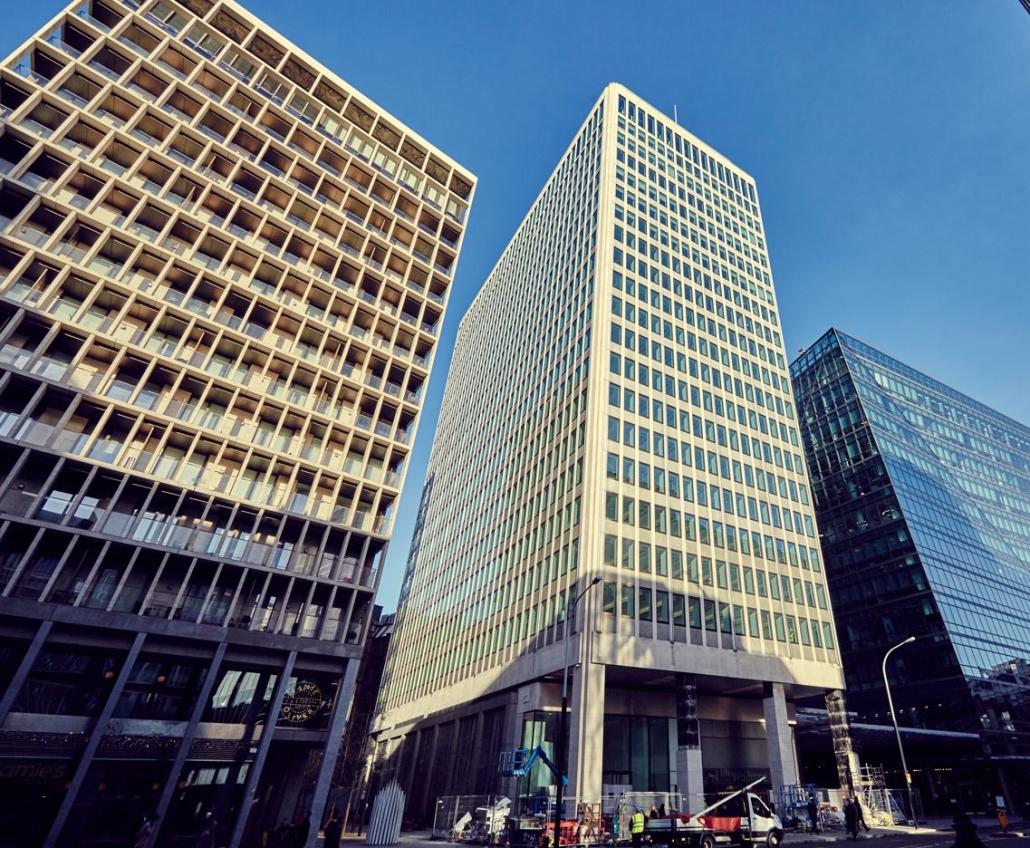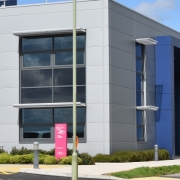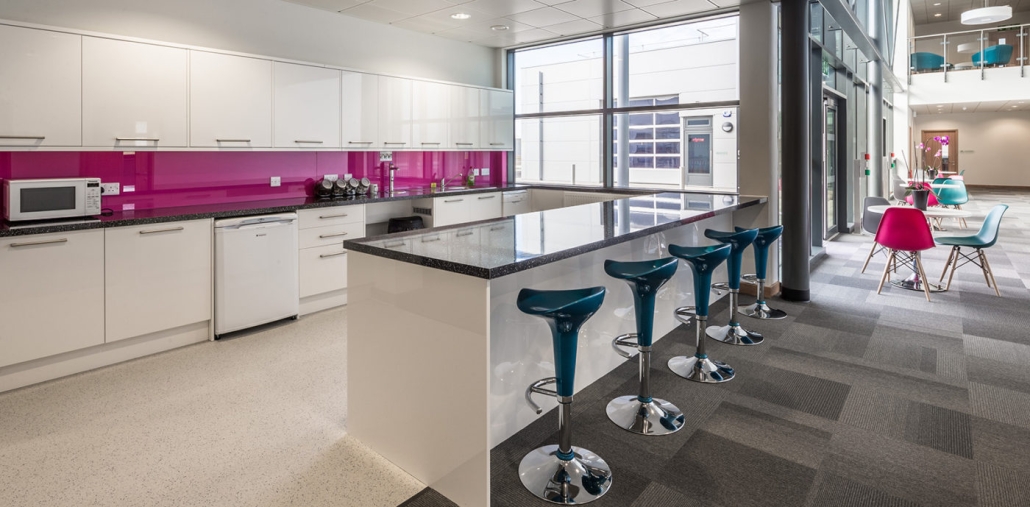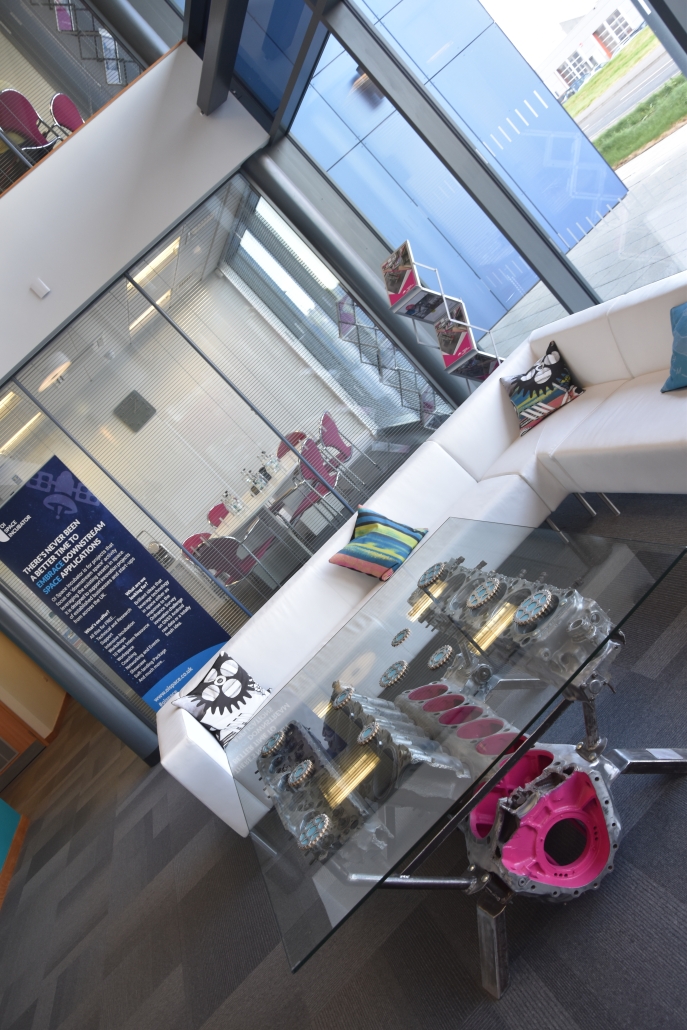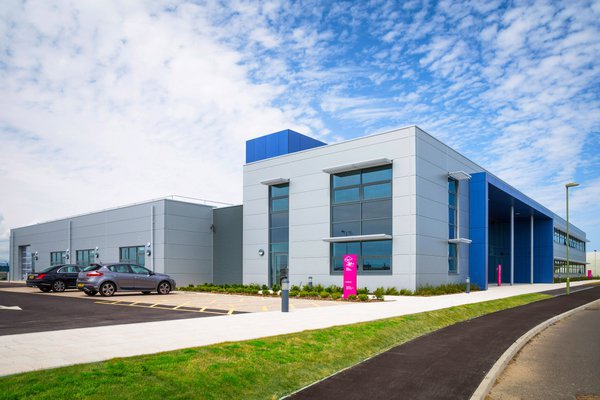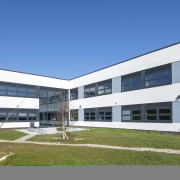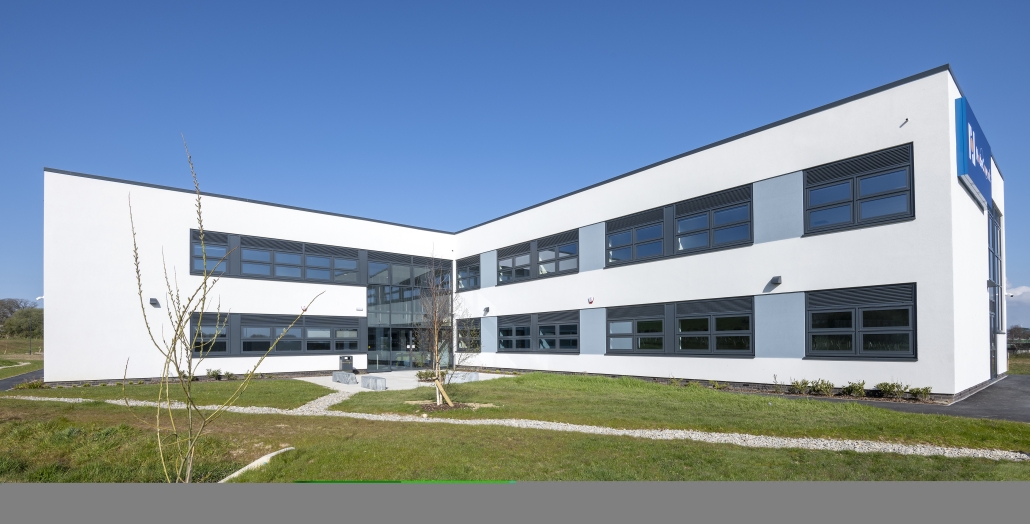Winchester Sport and Leisure Park
The Challenge
A belated appointment at RIBA Stage 4 our newly formed integrated team worked well together to successfully resolve a number of key challenges:
Design Engagement: Current design consisted of two leading architects, drawn together via a local ‘Design Framework’
Facilitated Design: Introducing a Leisure design guide the client benefited input from Willmott Dixon’s ‘yellow book – a speciation application tool’. This improved design time and provided confidence with tried and tested leisure designed solutions. A project feature was the considered ground civil engineered solution, constructing the pools as the existing ground has a high ground water and located near a tributary feeding the river Itchen.
Constructing in a Global Pandemic – the construction period spanned the unprecedented Covid-19 Global Pandemic constantly adjusting adhering to the ever evolving CLC working guideline practices.
The Solution
A new facility comprises a 50m eight-lane swimming pool, 20m teaching pool including a water confidence area, a multi-use sports hall and a climbing facility, 4 squash courts with a movable wall to enable flexible use, treatment rooms, fitness suite (200 workout stations), two large studios, one spin studio and a café, a hydrotherapy suite to serve people in the local and wider community with disabilities.
The Results
Officially opened in May 2022 and membership has far exceeded any forecast. The centre pulled in more than 150,000 people in the first three months and is hailed a success despite constructing and completing throughout Covid-19.
Apprentices
Achieved Local SME
Added Value
Client Satisfaction
Contractor Performance | Commitments
Fair
99.9% of regular payments and have payment periods not exceeding 30 days
Sustainability
£1.7m ADDED VALUE – Value gained from activities carried out with individuals, groups and communities where our construction projects are based.
Safe
Zero Harm – extensive training delivered with updated Covid CLC awareness training provided
Legacy
SCF Legacy Hub created – Building Lives Academy delivered
Aftercare
Compliant with SCF Charter
SCF Framework Manager
James Wright
Email: james.wright@hants.gov.uk
Phone: : 07761 330560
Contractor Framework Manager
Guy Dawes
Email: guy.dawes@willmottdixon.co.uk
Phone: 07989179444
RBC Office Rationalisation – 19 Bennet Road
Full Cat B fitout over two floors and mezzanine area for repeat client. The newly modernised office space now houses the Council’s Parks, Highways and Housing Departments. The works also included the creation of a storage facility for the museums and modern records division.
–
The Challenge
- Tight programme for roller racking area to achieve critical path
- Old mains electrical panel in plant room required decommissioning as part of the demolition works to the racking areas
- Deliveries logistics to an office block in the centre of a live and busy council depot
The Solution
- We ensured the roller racking area works started as early as possible to meet the critical path. The programme was designed to progress these areas to mitigate the risk of not meeting the handover with the roller racking in place.
- Requests made to the electrical board immediately for them to disconnect and remove the mains electrical panel but still meant some delay to works. To ensure this did not delay the overall programme, we progressed with other surrounding works whilst keeping the plant room out of bounds also mitigating any H&S risks. The sequencing of the roller racking was swapped to ensure the programme stayed on schedule.
- We had to balance deliveries and a shared car park with the Council contractors with the use of a dedicated banksman and one way system. The challenging location meant that large vehicles could not always access the site.
The Results
- After the final demolition, the entire warehouse was re-screeded to ensure the smooth operation of the roller racking and the floor levels only have 5mm tolerance throughout the whole span of the warehouse.
- Once the old mains electrical panel had been safely disconnected and removed in the plant rook, the roller racking installation was accelerated so that the end handover date was met.
- Collaboration, communication and organisation with the Council were key to maintaining a good relationship whilst being efficient with deliveries and subcontractors.
Apprentices
SME Spend
Added Value
Client Satisfaction
Client Testimonials
Contractor Performance | Commitments
Fair
100% payment within 30 days terms
Sustainability
8% waste diverted from landfill
Use of local subcontractors and materials had a positive impact on the local economy
Safe
Zero RIDDORs
Legacy
20 SMEs
5 beneficiaries
2 jobs created
152 trainee weeks
£500 donations to charity
Aftercare
Soft landings for handover
Dedicated Morgan Sindall point of contact
On-line portal for notifying any defects with 3 priority categories for response times
SCF Framework Manager
James Wright
Email: james.wright@hants.gov.uk
Phone: 07761 330560
Contractor Framework Manager
Alan Smedley
Email: alan.smedley@morgandsindall.com
Phone: 07967 686066
Friars House Re-Cladding
The Challenge
first Recladding Project Undertaken: Friars House is a office block that was converted into a Residential building in 2015, with one additional floor added. The building totals 5 storey’s (8 storey’s including the shopping centre) and is constructed over an existing shopping centre and now contains 71 residential apartments. When the Building was converted from Offices to Residential the building was over-clad with ACM and a EPS render system. Whilst occupied, this project undertook works to replace the potential combustible cladding on the external elevations with materials in line with Approved Document B December 2018 Revision, post-Grenfell.
The Solution
Undertook extensive cross checking with physical inspections. Understand how the occupiers use and plot trends whilst planning operational delivery around these patterns. Plan ahead with extensive logistical solutions in place and test these prior to undertaking any works.
–
The Results
Adapted to ever evolving Covid CLC working practices – worked closely with the client to ensure minium disruption experienced. Customer stated: Excellent communication all through the design and construction phases
Apprentices
SME Spend
Added Value
Client Satisfaction
Contractor Performance | Commitments
Fair
99.8% payment periods not exceeding 30 days
Sustainability
Undertook social legacy work-streams and compliance with the Social Legacy Policy
Safe
Zero Harm
Legacy
Aftercare
Handover & Aftercare Contractor Promise
SCF Framework Manager
James Wright
Email: james.wright@hants.gov.uk
Phone: 07761 330560
Contractor Framework Manager
Guy Dawes
Email: guy.dawes@willmottdixon.co.uk
Phone: 07989 179444
University of London, Sebastian Street Law School
Project Information
Procurement Type: Two stage
Form of Contract: JCT 2016 Design and Build
Contract Period: 161 weeks
Size: 7,267m2
BAM has developed a landmark property for City University, which incorporates a striking combination of new and existing structures. The project was procured through SCF Construct and consists of a tower block with an innovative twin screen printed façade, new attached blocks and existing structures incorporated into a single building. Scope includes a double basement, ground and six upper floors, including the extension and refurbishment of the existing Goswell and Myddleton buildings.
An atrium connects the collection of buildings, containing a cafe and circulation space. A new external courtyard has been created between the building and adjacent residential properties. BAM extended the existing basement to provide lecture/ conference space.
The Challenge
Site Constraints / Logistics This was a logistically challenging project, situated on a restricted site and bounded by residential properties, including Grade II listed buildings. Sebastian Street also lies within the Northampton Square Conservation area.
Cladding design – The concept design comprised a twin walled flue design to achieve the desired architectural look. Technically this presented a challenge as it did not align with the M&E strategy, this issue required quick resolution to maintain programme.
Archaeology – archaeological dig required to ensure the preservation of the rich local history.
The Solution
Site Constraints / Logistics – Bounded by residential neighbours and building within a conservation area required sensitively managing in order to maintain good relations and minimise the impacts of construction works. We achieved exactly this through regular resident forums and good communication. CCS score of 42/50.
With regards to site and design complexities, the use of digital technologies / BIM aided design coordination, spatial fit of retained structures and condition / cloud surveys.
Cladding design – To overcome the technical issues and align with the buildings M&E strategy we collaborated with specialist supply chain partners Skonto and Schuco to design an alternative cladding solution based on a twin walled unitised system.
Archaeology– Prior to construction starting, City collaborated with Museum of London Archaeology. During the excavation, artefacts dating back to the pre-Bronze Age era were found, in addition to remnants of a Civil War fort, trenches, glazed pottery and tokens from the 1640s.
–
The Results
The final results are outstanding, Clients expectations exceeded is testament to the teams unified approach to managing the many complex and unforeseen challenges, in particular delivering this facility in London during the height of the pandemic.
Apprentices
SME Spend
Added Value
Client Satisfaction
Client Testimonials
Contractor Performance | Commitments
Sustainability
The project achieved a BREEAM Excellent rating attributable to the low carbon design and sustainable services installations all contributing to a reduction in City’s carbon emissions.
Sustainable features:
Photovoltaic system on roof areas
Centralised lighting control system throughout the law school
Primary ground source heat pump system
Energy Efficient lighting
Rainwater harvesting
98% Waste diverted from landfill –
100% timber sustainably sourced
56 Environmental Toolbox Talks
Contaminated ground was remediated
Legacy
493 apprenticeship weeks
Work experience placements and volunteering
5 local apprentices from Islington
8 apprentices not local
57 hours volunteered by project team
2 work experience placements
Charities supported: CLIC Sargent and Alzheimer’s Society both charity partners and CRASH
Employment of local site management trainee: We had 6 local apprentices on site, 1 non- local management trainee.
Sponsorship of college/university students: 1 x quantity surveyor
Fair
100% payment within 30 days terms
Aftercare
As part of our commitment to aftercare, key BAM personnel remained on site following completion to facilitate smooth occupation for both the university staff and students. We worked with the Clients FM team to ensure they were fully familiar with the operation and maintenance requirements, providing additional training sessions where required.
Safe
Zero RIDDORs
CCS Score 42/50
SCF Framework Manager
Alex Nelhams
Email: alex.nelhams@hants.gov.uk
Phone: 07717 003869
Contractor Framework Manager
Darren Birch
Email: dbirch@bam.com
Phone: 07920 134843
UWE New Engineering Block, Bristol
Project Information
Procurement Type: Two stage
Form of Contract: NEC 4 Option A Design & Build
Contract Period: 83 weeks
Size: 8,650m2
BAM has built the new state of the art engineering block for the University of the West of England (UWE) on their existing, busy campus in Bristol, which remained live during the project. The new building provides teaching and research facilities for more than 1,600 undergraduate and post graduate students along with 100 academic and technical staff.
Facilities include engine test cells, wind tunnels and dedicated rooms for specific engineering disciplines such as composite manufacturing, machining and metrology.
The three storey building was constructed out of structural steel frame with in-situ concrete ground floor, precast concrete upper floors and stairs and a combination of Corten cladding and curtain wall as the exterior finish.
A full height atrium forms the entrance which was finished with glulam timber cladding.
The project had a challenging programme, with completion in 83 weeks. To help ease the programme we appointed one of our CAT 1 structural steel frame contractors early in the process. Included in their package was the supply and installation of the precast concrete and glulam timber cladding works and this eliminate the issues that arise with different contractors carrying out the works.
The project was designed in a 3D environment under BIM level 2 requirements thereby minimising design issues before manufacture. During the enabling works period a new site access was formed onto the campus ensuring the site was completely isolated from the rest of the campus mitigating any issues with site logistics and deliveries ensuring the site was secure and the university could continue to operate as normal.
The Challenge
The team worked together to successfully resolve a number of key challenges, notable examples include:
Bespoke Design – The client required a bespoke building that could cater for a diverse range of engineering subjects. Specific areas required very different physical properties, with each teaching space having a unique purpose that needed a bespoke design solution.
Noise / Vibration – Many of the ground floor engineering workshops generate high levels of noise and vibration.
Optimise functional learning space to create more opportunities for learning and a safe inclusive environment for students to flourish.
The Solution
Bespoke Design – The building was designed from the outset to allow for the physical nature of different engineering subjects, with ‘heavier’, material-based engineering on the ground floor, moving up through ‘lighter’ and cleaner engineering forms (for example, hydraulics, acoustic and electrical) on each of the three floors.
More traditional ‘heavy’ engineering subjects such as structural engineering, construction material, mechanical workshops and engine test cells require large spaces that are highly serviced and are typically loud and dirty due to the machinery and processes required. These testing spaces needed to be designed in such a way as to absorb vibrational impact and minimise disturbance to other teaching spaces nearby, achieved through a reinforced concrete ‘floating slab’ mounted on special acoustic bearing pads at regular spacings.
A 1.2m thick reinforced concrete strong wall and strong floor, capable of withstanding 150t, has been designed to enable bespoke testing of construction material and aircraft components. Bespoke anchors embedded within the strong wall and strong floor and a 2.5t lifting crane have also been designed to meet the university testing requirements.
Acoustics – As many of these ground floor engineering workrooms generate high levels of noise, a key challenge for our acoustic engineers was to determine the level of sound insulation necessary in order to achieve acceptable internal noise levels in the adjoining rooms during the operation of equipment. Where necessary, a pragmatic approach between practical design and acoustics standards was reached.
On the floors above this, high-tech electronics labs, modelling and simulation suites and mechatronics labs with robotic arms had different requirements again, needing solutions to the equipment’s high heat gains and sensitivity to noise and vibration. A thermo-fluids lab required floating power sockets mounted from the ceiling to counteract any potential issues from regular water simulations, while a programming laboratory features a large robotic arm, which is very sensitive to the room’s doors opening and shutting.
Optimise functional learning space Combining circulation with social learning space has resulted in a very efficient building with almost every corridor having a dual function. This openness was a key part of the University’s brief, ensuring that the building avoided intimidating spaces to encourage a more diverse range of engineering students.
–
The Results
This stunning low energy building provides a state-of-the art and inclusive engineering faculty, that will assist UWE in its aim of encouraging greater diversity within engineering as a whole. In October 2021, UWE Engineering Building was awarded Social Infrastructure Project of the Year and overall Project of the Year at the BCIA awards.
Apprentices
SME Spend
Added Value
Client Satisfaction
Client Testimonials
Contractor Performance | Commitments
Sustainability
The design focused on making the life cycle of the building as efficient as possible, helping to add long-term value.
Low carbon design principles, including natural ventilation and passive cooling, were adopted from the start of the design process to minimize the building’s carbon emissions in line with the university’s ambitious carbon reduction targets.
Energy and carbon reduction targets on this project were exceeded, with regulated energy use. The project achieved a very low A rated EPC value. The building achieved a BREEAM Excellent rating, it’s well insulated and energy efficient. Use of LED lights, PV panels on roof and water harvesting for grey water. The new facility is connected to UWE District Heating system. Natural ventilation and light used as much as possible.
Legacy
96 training weeks
42 career events
34 educational site visits
£146,088 Social and Local economic value delivered
Worked with UWE on future sustainability projects in Africa
Supported PHD students research into construction related information
Provided work experience to a number of construction students prior to pandemic
Introduced a mature apprentice through BAM shared apprenticeship scheme
Aftercare
At the peak of the pandemic, the project team pulled out all the stops to still handover the building clean and fully usable in time for the University to occupy ahead of the new academic year. Key to this was providing the University with early access to undertake fit out works.
BAM pulled out all the stops to still handover the building clean and fully usable in time for the University to occupy ahead of the new academic year. BAM allowed the University site access prior to Handover for its own fit out as this programme was also disrupted due to COVID. This was very much appreciated. Several snags remained post-handover and I have been working with BAM to close these out during the defects period.
Fair
100% payment within 30 days terms
Safe
To avoid construction access through the heart of the campus BAM proposed a temporary road to keep the works completely segregated, this measure along with a separate area for contractors parking and material storage made it it safer to build and minimised construction impacts. CCS Score 40/45
Awards
- British Construction Industry Awards 2021 – Winner Project of the Year
- British Construction Industry Awards 2021 – Winner Social Infrastructure Project of the Year
- Education Estates Awards 2021 – Shortlisted Project of the Year Universities
- Overall ‘Project of the Year’, and ‘Social Infrastructure Project of the Year at the British Construction Industry Awards 2021
- RIBA Southwest Awards 2022 – Regional Award
SCF Framework Manager
Kingsley Clarke
Email: kingsley.clarke@devon.gov.uk
Phone: 07805760622
Contractor Framework Manager
Darren Birch
Email: dbirch@bam.com
Phone: 07920 134843
UK Hydrographics Office, Taunton
Project Information
Procurement Type: Two stage
Form of Contract: JCT Design and Build
Contract Period: 113 weeks
Size: 10,671m2
Winner of the BCO National Awards, RIBA Southwest Awards, BCO South of England & South Wales Awards, Insider South West Property Awards and Project of the Year 2020 for Michelmores Property Awards. BAM designed and constructed the high secure new headquarters for the United Kingdom Hydrographics Office (UKHO) at its existing site, replacing a World War II building. The new facility is a bespoke office designed to meet the needs of one of the world’s leading geospatial information companies. It has two open plan wings constructed in a reinforced concrete frame, linked by structural steel bridges. The project has a BREEAM Excellent rating with its M&E systems being designed for ease of use, low maintenance, comfort, and energy efficiency. The design builds on experience from previous low energy offices, removing unnecessary complexity and improving resilience. Low maintenance materials used were chosen to create an exceptionally durable building and the design has taken a very robust approach to life cycle performance. Wherever possible we have exceeded the minimum standard to ensure that the building has flexibility, longevity and is adaptable to change.
–
The Challenge
Bringing everything together under one roof was a central aim in creating a new headquarters for UKHO – so why not make it the defining feature?
The atrium roof proved to be a significant challenge for both the designers and construction project team and required a genuine collaborative approach. The challenge was to create an impressive 800m2 atrium roof to allow natural unobstructed daylight to flood in throughout the day providing essential daylight and ventilation to the centre of the building.
The Solution
The final atrium roof design comprised bespoke 28 tonne precast concrete ‘V’ shaped beams, over 200 modular roof lights and sinuous larch clad baffles which are an integral part of the passive environmental design by eliminating glare and providing acoustic absorption to control reverberation. The 203 roof lights in the glazed atrium roof are opened by the Building Management System (BMS) and allow natural ventilation to the 700 desks arranged on the open plan floor plates.
This required a BIM Level 2 approach throughout the entire supply chain. The benefits to the project included pre-construction coordination, site details resolved early on ensuring robust details, full integration of supply chain design and it ensured exposed services were modelled and installed correctly both technically and aesthetically.
The decision to use precast elements for the roof played an important part in meeting the programme
–
The Results
To deliver UKHO’s vison an open and collaborative approach was in place from the outset. This enabled robust employer requirements to be agreed and the design was substantially completed prior to start of the main works.
The final results are truly stunning, the quality, building performance and award winning design is testament. UKHOH has won 10 major awards including two awards at the British Council of Offices National Awards 2020– ‘Best of the Best’ and ‘Corporate Workplace’ and Michelmores Property Awards 2019 – Building of the Year [£20m to £50m]
Apprentices
SME Spend
Added Value
Client Satisfaction
Client Testimonials
Contractor Performance | Commitments
Sustainability
Low maintenance materials used were chosen to create an exceptionally durable building and the design has taken a very robust approach to life cycle performance. Wherever possible we have exceeded the minimum standard to ensure that the building has flexibility, longevity and is adaptable to change. The team has focused on reducing operational energy costs and carbon emissions. High levels of natural daylight reduce the reliance on artificial lighting and an efficient building envelope reduces the heating costs. The natural ventilation strategy has designed out the need for cooling to over 90% of the building. Artificial lighting is automatic throughout and floor plates are lit to just 200lux which provides a calm background light level suitable for most tasks. Every desk is then provided with an individual task light giving user control to increase their light level up to 500lux if required. This strategy provides the dual benefit of user control and energy reduction.
Our structural engineering design is based on a concrete flat slab structure. It was chosen because it worked well for the grid shape of the building, it is very effective for thermal mass, and it is good for services distribution. This structural design solution ensures that by day, heat generated by people and IT etc. is absorbed in the slab, and at night the vents open so the heat can leave the building. The resulting exposed soffits have been designed to become part of the aesthetics of the structure.
The adoption of natural ventilation and the maximisation of daylight were central to the design ethos. The resulting services strategy delivers a space that supports employee wellbeing and a highly sustainable, low energy operation that has significantly reduced costs for installing, operating and maintaining fans, pumps and chillers. A Building Management System controls the opening and closing of the top half of every window in the building, whilst occupiers can control the opening of the bottom half of each window to provide instant access to fresh air, giving them a sense of control over their immediate environment.
– BREEAM Excellent
-Wide use of low carbon /energy saving features e.g. PVs, lighting control and natural ventilation
-GSL approach and BMS fine tuning has kept energy usage to a minimum; saving 30% against historical usage. Helped enormously by the ventilation strategy.
-Cut and fill analysis maximised reuse of excavated materials and demolition waste
-EPC A
-Targeting ‘DEC B’ rating within 3 years of operation
-Optimum orientation for passive solar design – escape stairs and tea points located on the east and west buffer offices from low sun angles
-Mixture of cross ventilation and stack ventilation through the atrium roof
-Timber baffles, hanging from the atrium roof provide acoustic absorption and eliminate glare by diffusing low angle sun
-Exposed in-situ concrete structure provides thermal mass
-Generous 3.5m ceiling heights coupled with narrow floorplates ensure impressive levels of natural daylight
-Brise soleil to the south façade to reduce heat gain
-Automatic artificial lighting throughout, with floor plates lit to 200lux supplemented by individual task lights on every desk
Legacy
£3.2m Social Value delivered
410 apprenticeship weeks & 39 work placements
Charities supported: CLIC & Lighthouse
Selection of contractors based in local area
Use of locally sourced materials and suppliers
Employment of local site management trainee
Sponsorship of college/university students
Fair
100% payment within 30 days terms
Aftercare
Government Soft Landings removes ambiguity and assumptions that lead to confusion. This helped to address hand-over and occupancy issues at an early stage, proving a positive experience the client and staff from day 1. BAM attended quarterly aftercare review meetings for two years, and provided repeat training to FM providers and users, assisting the client in fine-tuning the building’s systems as well as contributing to post-occupancy evaluation.
Safe
Zero RIDDORs
CCS Awards: Performance Beyond Compliance
Robotic window installation
SCF Framework Manager
Kingsley Clarke
Email: kingsley.clarke@devon.gov.uk
Phone: 07805760622
Contractor Framework Manager
Darren Birch
Email: dbirch@bam.com
Phone: 07920 134843
Dartmouth Street London No 21
Project details
Form of Contract: NEC3 Engineering and Construction Contract April 2013
Procurement Type: 2 Stage
Contract Period: 97 weeks
Size: 55,000 sqft
The project comprised of the refurbishment and upgrade of the client’s estate under their ‘Restoration and Renewal Programme’. The project endeavored to deliver maximum flexibility and usability for a design life of 15 years, achieving BREEAM Excellent.
The project included CAT B fit out of offices, a new reception, new meeting rooms and collaboration spaces. The scope of works also included structural alterations, window replacements and external works and security enhancements of 55,000 sq ft over 9 floors including roof and terraces in a 1920’s building.
The Challenge
Multiple stakeholder engagement
The scope included the decant of large numbers of staff to allow 750 new staff to occupy their new space.
Engaging with government recommended contractors
ISG had to liaise with government recommended subcontractors with their own works packages within the building.
Delivering in a Global Pandemic
The PCSA and part of the construction period spanned the unprecedented Covid-19 Global Pandemic.
Challenging logistics
The project was located in central London, with the building located on a busy road. The building was occupied for the duration of the works.
Base build fit out
It became clear the CAT A wasn’t fit for purpose; extensive reparations were required before the CAT B could begin.
The Solution
Multiple stakeholder engagement
ISG engaged early in the preconstruction phase with incoming government departments to build a move-in calendar for each department. They also held coordination workshops with the client’s in-house design team, data teams, security and maintenance teams, and catering teams.
Engaging with government recommended contractors
ISG engaged at tender stage with government recommended subcontractors and incorporated their specialist programmes into their master programme to calibrate and synchronise their works.
Delivering in a Global Pandemic
ISG’s industry leading Covid-19 safety measures ensured minimal disruption to the project despite lockdowns and social distancing measures, in the challenging conditions of an unprecedented global pandemic.
Challenging logistics
The logistics of the site was very tight. The scope included the removal and replacement of the lift motor room. ISG agreed the use of a full height hoist to the front elevation for movement of materials and operatives into the building. Neighbouring businesses and residents were kept informed of progress and the team received zero complaints of disruption.
Base build fit out
After notifying the client of the issues with the base build, ISG removed infrastructure back to risers and validated all CAT A base-build plant, effectively providing the client with a turnkey solution.
The Results
Early engagement with government subcontractors enabled the programme to progress efficiently and smoothly
The ISG and client team remained safe, proactive, focused and driven to achieve all key sign offs and milestones throughout the project lifecycle
The occupants of the space moved into their new offices on time, with support of the ISG team
Neighbouring business and residents were satisfied with the logistics approach, resulting in zero complaints
Effectively delivered a turn-key solution for the client
Contractor Performance | Commitments
Fair
100% payment within 30 days
Sustainability
Achieved BREEAM Excellent
Safe
Zero RIDDORs
Aftercare
Handover & Aftercare Contractor Promise
Legacy
ISG maintains ongoing community engagement with three organisations:
The Passage – refurbishment of their entrance / circulation / break out zones
One Westminster – welfare facilities refurbishment
St Mungo’s – PPE donations
SCF Framework Manager
Alex Nelhams
Email: alex.nelhams@hants.gov.uk
Phone: 07717 003869
Contractor Framework Manager
Matt Glass
Email: matt.glass@isgltd.com
Phone: 07929755500
Victoria Street London 64
Project Information
Form of Contract: NEC3 Engineering and construction contract April 2013
Procurement type: Two Stage
Contract period: 57 weeks
Size: 9290m2
As part of their ‘Restoration and Renewal Programme’ the client needed to move lots of staff members from their existing accommodation. The refurbishment of this new space was to allow over 1000 member their staff to relocate there. The existing building occupied Levels 11 and 20 with Levels 1 to 10 offered as high standard Cat A. This 10 floor Design and Build Cat B office fit out comprised primarily of a new office, collaboration and ancillary spaces on Levels 3 to 10 with catering and meeting areas situated on Levels 1 and 2.
The Challenge
Integrating client instructed variations
ISG integrated upwards of 100 client instructed variations into the project.
Working in occupation
Works were carried out whilst the upper floors were in occupation.
High level of security
There were secure areas on every floor with CTC clearance requirements which meant ISG had to meet stringent SR requirements.
Working in a global Pandemic
Works were carried out in the midst of the Covid-19 global pandemic.
Fast track programme
The construction programme ran to a duration of just 24 weeks
The Solution
Integrating client instructed variations
ISG collaborated early BDP which was essential to allow alternative compliant design options and opportunities with increased budget certainty. ISG hosted workshops with the client and project team to incorporate instructed changes without negatively impacting the programme.
Working in occupation
Early engagement with incoming government departments was key; ISG held coordination workshops with the client’s in-house design team, data teams, security and maintenance teams, and catering teams. The phased programme was determined by incoming client direct contractors, and included early access and handover of the IT server and hub comms rooms 2 weeks before handover. To mitigate disruption to the existing building users, Westminster City Council, ISG held regular meetings to ensure minimal impact caused by their presence. ISG controlled more than 200 operatives using labour histograms and short interval controls with floor by floor close out programmes as part of our soft landings phasing strategy.
High level of security
For information security and due to the secure nature of the client and works, ISG integrated two document controllers into the team to manage the handling of the three doc-hosting systems; Aconex downstream to our supply chain, Business Collaborator, the client’s doc-hosting system and Conject for the NEC Contract management. Level 7 was highly secure, so ISG engaged with CPNI standards to achieve SR3 levels. ISG implemented early action of CTC clearance to ensure workers were security compliant for delivery. The team engaged at tender stage with government recommended subcontractors and incorporated their specialist programmes into our master programme.
Working in a global Pandemic
ISG followed strict Covid-19 protocols, complying with CLC and SOP guidelines. We enacted safety measures on site such as temperature testing, and 2 metre social distancing ensure the safety of the team, client and stakeholders.
Fast track programme
Production of a tender event schedule alongside programme enabled critical path analysis covering design release, labour and plan resource requirements, material procurement and security screening. This ensured timely procurement and us the opportunity to plan resources to meet the programme. Long lead items were prioritised, we held workshops with our supply chain and the professional team to agree these elements of the designs quicker allowing early orders to be placed to assure on time delivery. In the last 8 weeks of the programme, the team optimised outputs using evenings and weekends to complete on time.
The Results
– ISG’s flexibility ensured client instructed changes were made without delay to the programme
– Working in occupation we received zero complaints from building occupants caused by our presence
– ISG met the client’s stringent security measures, and ensured our supply chain did the same
– ISG’s industry leading Covid-19 strategy ensured the works were completed on time, in a safe manner
– Fast track programme was successfully delivered with stringent programme analysis and evening and weekend works
Client Testimonials
Contractor Performance | Commitments
Fair
100% payment within 30-day terms
Sustainability
BREEAM ‘Excellent’
Safe
Zero Riddors
Safe delivery of works in a global pandemic
CCS Score: 40/50
Legacy
Created a new school kitchen for a school in the community
Aftercare
Handover & Aftercare Contractor Promise
SCF Framework Manager
James Wright
Email: james.wright@hants.gov.uk
Phone: 07761 330560
Contractor Framework Manager
Matt Glass
Email: matt.glass@isgltd.com
Phone: 07929755500
Fareham Innovation Centre Phase 2 Extension
Daedalus Enterprise Zone was designated as one of 11 initial enterprise zones around the country by the central Government. The Homes and Communities Agency (HCA) owned most of the land and ran a programme for the regeneration of Daedalus along with the Solent Local Enterprise Partnership (LEP) and Partnership for Urban South Hampshire (PUSH). Fareham Borough Council took ownership from the HCA that rest within the district of FBC.
In 2014/15 Fareham Borough Council constructed an Innovation Centre for new businesses, with Oxford Innovation assistance to provide business support services, enabling nurture and development. Due to the success of that building, a business case supported the construction of a Phase 2 extension.
The new extension consists of the construction of a two and three storey steel frame with associated external hard and soft landscaping, providing a range of office and workshop spaces for local businesses as well as additional space within the Enterprise Zone.
The Challenge
- Works had to be completed by end March 2018 to facilitate discounted business rates.
- Ensuring the running of the current centre was not affected and “business as usual” is maintained throughout the works.
- To match existing centre and not be seen as “an extension” with all spaces designed to be agile – flexible and adaptable.
The Solution
- A preconstruction and construction programme was developed with a completion date of 19 March 2018.
- Chaired collaborative planning, programming and risk sessions throughout the precon and construction periods with client, end users and Morgan Sindall team in attendance.
- Developed an open and regular communication process with Phase 1 business users ensuring we achieved the “business as usual” deliverable.
–
The Results
- Actual completion was achieved 2 weeks early on 26 February 2018.
- The existing centre remained open throughout the build without any disruptions to existing operations.
- Phase 2 now provides a seamless extension to the first block with composite panels and glazing to match the existing building.
Apprentices
Added Value
Client Satisfaction
Client Testimonials
Contractor Performance | Commitments
Fair
100% payment within 30 days terms
Sustainability
100% timber responsibly sourced
Safe
Zero RIDDORs
Legacy
18 beneficiaries
Aftercare
Soft landings for handover
Dedicated Morgan Sindall point of contact
On-line portal for notifying any defects with 3 priority categories for response times
Any site specific process/initiatives
SCF Framework Manager
James Wright
Email: james.wright@hants.gov.yk
Phone: 07761 330560
Contractor Framework Manager
Alan Smedley
Email: alan.smedley@morgansindall.com
Phone: 07967 686066
North Devon Enterprise Centre (Node) Expansion
The second phase expansion will bring an extra 564sq metres of flexible office space to support the growth of the hub
PROJECT ON SITE
Based upon successful delivery of the North Devon Enterprise Centre (Node) at One Enterprise Road in Barnstaple which was completed in 2021, ISG were selected to deliver the NODE Expansion project which started on site in June 2022.
Within the first year of operating, Node had already let 64% of its 37 offices after just eight months. The second phase expansion will bring an extra 564 sq. metres of flexible office space across the ground and first floor and additional parking provision to create an extra 48 carparking spaces.
Design and build of the RIBA Stage 4 onwards project involves both advance site-wide infrastructure works and the build-out of the Enterprise Centre and associated plot works.
Designed to look identical to the existing building, Devon County Council requested that ISG design and construct the extension in spirit of the BREEAM Excellent standard of the original building.
Whilst undertaking the original Node project, ISG held collaborative design workshops with the architect to gain an in-depth understanding of how the business park would develop. With the development of RIBA stage 3 design to provide a RIBA stage 4 solution for a future proofed development, ISG incorporated technical design features to allow easy expansion/extension of the Node building’s structure and infrastructure.
